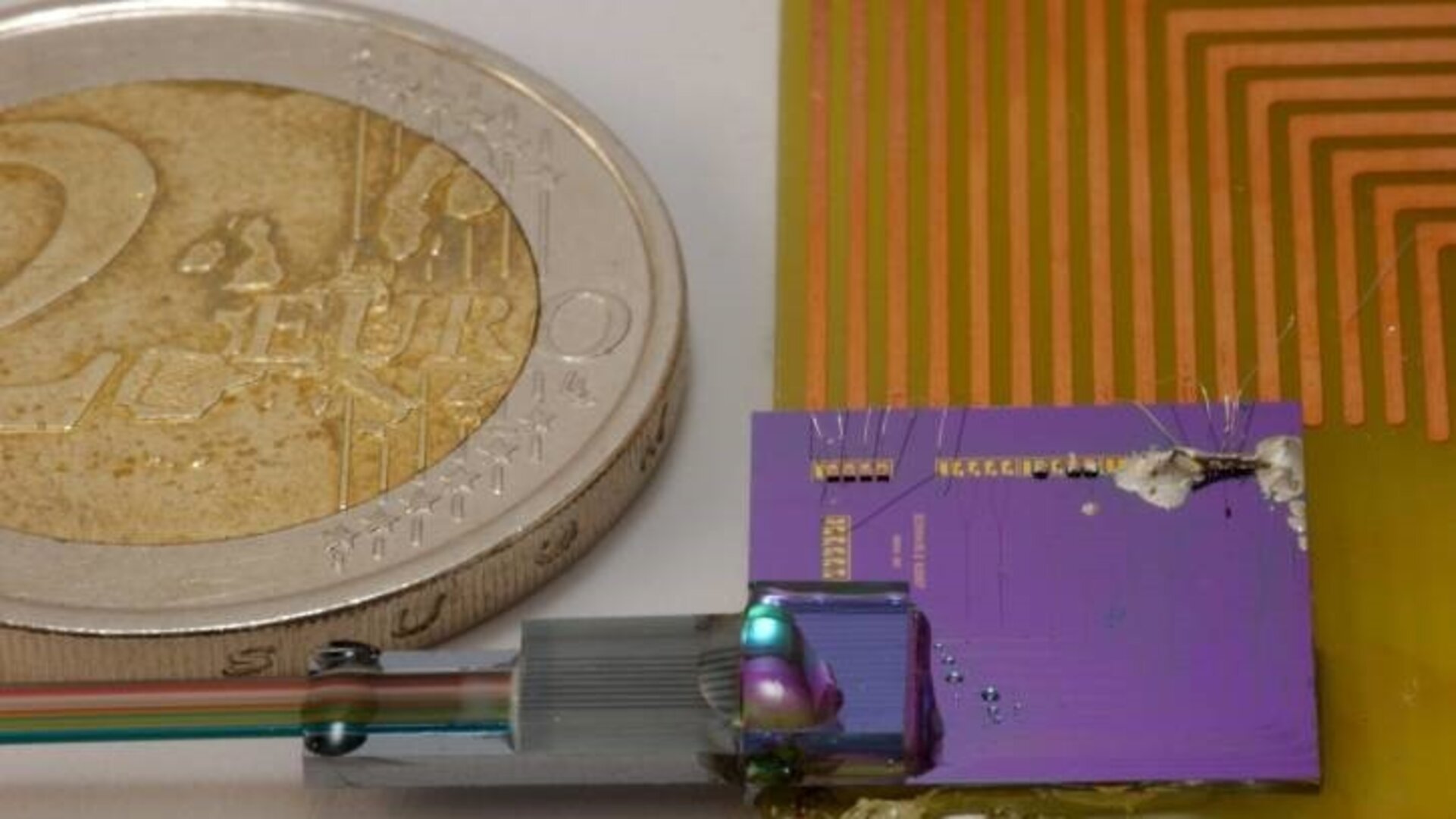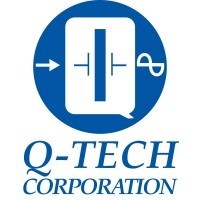Photonic Components

- Home
- /
- POSTS
- /
- Technology
- /
- Photonic Components
Photonics is the generation, detection and manipulation (amplification, modulation, processing, switching, steering) of photons.
Photonics are expected to make an impact in future Spacecraft engineering by replacing or enhancing conventional electrical approaches in the fields of digital and rf telecom payloads, sensors, micro lidars and spectrometers by reducing the size, weight, power, or performance of the systems they replace.
Flexible RF payloads
Microwave photonics are being developed to offer new functionality and performance to RF payloads. At the core of these payloads are photonics to generate stable local oscillators, perform optical down conversion, and manipulate the optical microwave signals by routing, beamforming or filtering them in the optical domain. The main components of such a photonic system include: lasers, optical amplifiers, WDM components, optical modulators, optical switches, and photonic integrated circuits for optical beam forming, switching and filtering.
Optical interconnects for digital payloads
New optical transceiver hardware is under development to allow high speed (25 Gbps) optical digital links to interconnect future digital processors. In addition ESA is looking at how photonics can be used to improve the performance of analogue to digital conversion. The use of low loss optical fibres also allows high density optical interconnections making use of high density, lightweight optical fibre harness and flexfoils for the distribution of digital signals within these payloads, giving increased freedom to the system designers.
The optoelectronics section is participating in the full development cycle of these new payloads, from component specification and evaluation to system level breadboarding.
Photonic Integrated Circuits
Photonic integrated circuits are the chip scale integration of multiple optical elements or components which enable complex functions analogous to the electrical integrated chips. As these chips increase in complexity and functionality they are finding new space applications; micro spectrometers, integrated solid state gyro, laser beam steering, complex optical modulation/demodulation, optical switching, optical beam forming, packet processing. The main advantage of this approach is clearly to target a massive size and weight advantage, but also to advantage of potential cost reduction (manufacturing, assembly and qualification). The optoelectronics section in collaboration with European industry has been involved in developing a number of integrated devices from components to full systems on a chip.
Intra-satellite Digital Communications
SpaceFibre is a multi-Gbits/s, on-board network technology for spaceflight applications, which runs over electrical or fibre-optic cables. The Optoelectronics section together with European partners has been developing 10Gbps optical transceivers to meet the needs of future satellites, and have been involved in component testing and evaluation to IODs at system level.
Fibre Optic Sensing for Satellite Platforms
Fibre optic sensing is a new tool in space craft engineering, which permits the measurement of; temperature, strain, acceleration and rotation by modulation of some parameter of light propagating inside a fibre. The optoelectronics section has been exploiting these techniques to understand how this fibre technology can be used in future space missions. The technologies under investigation include Fibre Bragg Gratings (FBGs), Photonic Band Gap sensors, In-fibre interferometers (FOG, accelerometers), as well as distributed sensing approaches using the natural scattering mechanisms of the fibre itself which permit 1000s of measurement points per meter of the fibre.
Photonics for Launchers
Optopyrotechnics is a new approach to the detonation of pyrotechnics using short pulses of a laser output to ignite the pyro material. This technology has been baselined for the next European launcher, the Ariane 6. The opto-electronics section together with European industry has been leading the development of key components of this system, from the laser to the safety features such as the optical safety barrier. Other photonic technologies have been studied for use in future launchers include, laser ignition, fibre optic sensing, optical communications and optical wireless.
Read more: www.esa.int/Enabling_Support/









